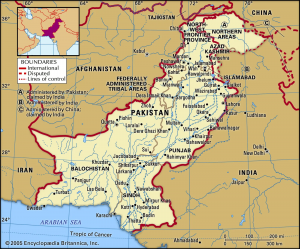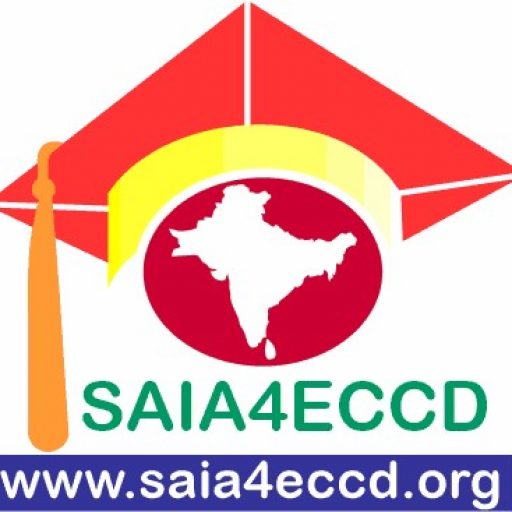Pakistan, populous multiethnic country of South Asia. Having a predominately Indo-Iranian speaking population, Pakistan has historically and culturally been associated with its neighbours Iran, Afghanistan, and India. Since Pakistan and India achieved independence in 1947, Pakistan has been distinguished from its larger southeastern neighbour by its overwhelmingly Muslim population (as opposed to the predominance of Hindus in India). Pakistan has struggled throughout its existence to attain political stability and sustained social development. Its capital is Islamabad, in the foothills of the Himalayas in the northern part of the country, and its largest city is Karachi, in the south on the coast of the Arabian Sea.
Pakistan was brought into being at the time of the partition of British India, in response to the demands of Islamic nationalists: as articulated by the All India Muslim League under the leadership of Mohammed Ali Jinnah, India’s Muslims would receive just representation only in their own country. From independence until 1971, Pakistan (both de facto and in law) consisted of two regions—West Pakistan, in the Indus River basin in the northwestern portion of the Indian subcontinent, and East Pakistan, located more than 1,000 miles (1,600 km) to the east in the vast delta of the Ganges-Brahmaputra river system. In response to grave internal political problems that erupted in civil war in 1971, East Pakistan was proclaimed the independent country of Bangladesh.
The physical area of Pakistan is equivalent to the US states of Texas and Louisiana combined. Much of Pakistan’s land area comprises either deserts or mountains. The high Himalayan ranges border Pakistan to the north. The lack of rainfall in the western part of the country restricts agricultural production in the mountain valleys and near the river basins. The Indus River flows roughly northeast/southwest along the eastern side of Pakistan, flowing into the Arabian Sea. River sediments are deposited in large areas found between river channels and oxbow lakes formed from the constantly changing river channels. These “lands between the rivers” are called “doabs” and represent some of the most fertile land in the Indian subcontinent. The Indus River flows from the northern part of the Karakoram mountains and creates a large, fertile flood plain that comprises much of eastern Pakistan. Pakistan has traditionally been a land of farming. The Indus River Valley and the Punjab are the dominant core areas where most of the people live and where population densities are remarkably high.
Approximately 64 percent of the population lives in rural areas and makes a living in agriculture. Most of the people are economically quite poor by world standards. In spite of the rural nature of the population, the average family size has decreased from seven to four in recent decades. Nevertheless, the population has exploded from about 34 million in 1951 to about 187 million as of 2011. About half of the population is under the age of twenty; 35 percent is under the age of fifteen. A lack of adequate medical care, an absence of family planning, and the low status of women have created an ever-increasing population, which will have dire consequences for the future of Pakistan. Service and infrastructure to address the needs of this youthful population are not available to the necessary degree. Schools and educational opportunities for children are rarely funded at the needed levels. As of 2010, only about 50 percent of Pakistan’s population was literate.
